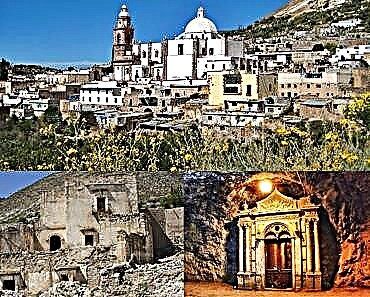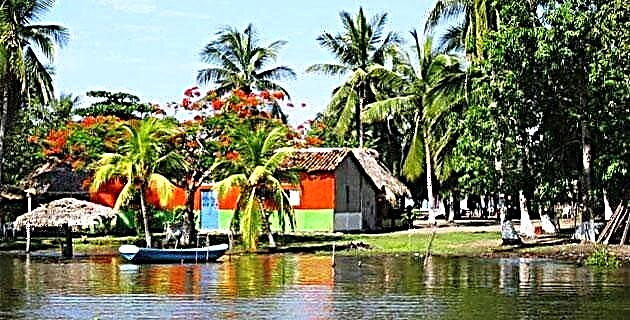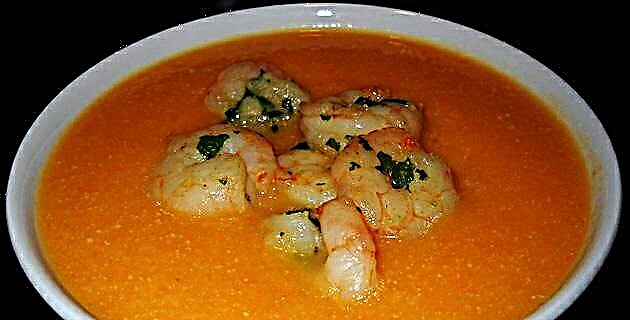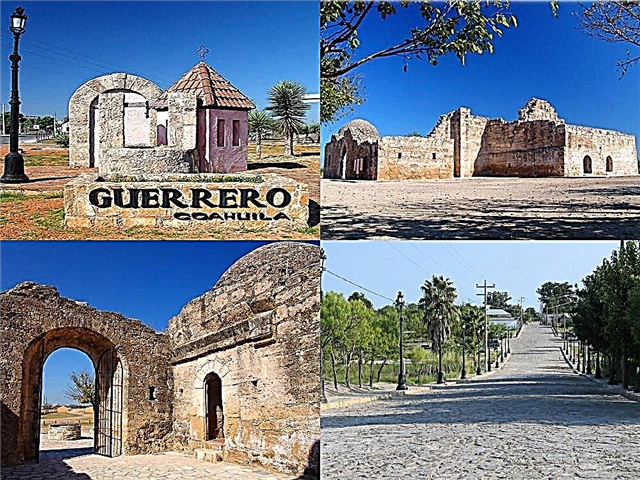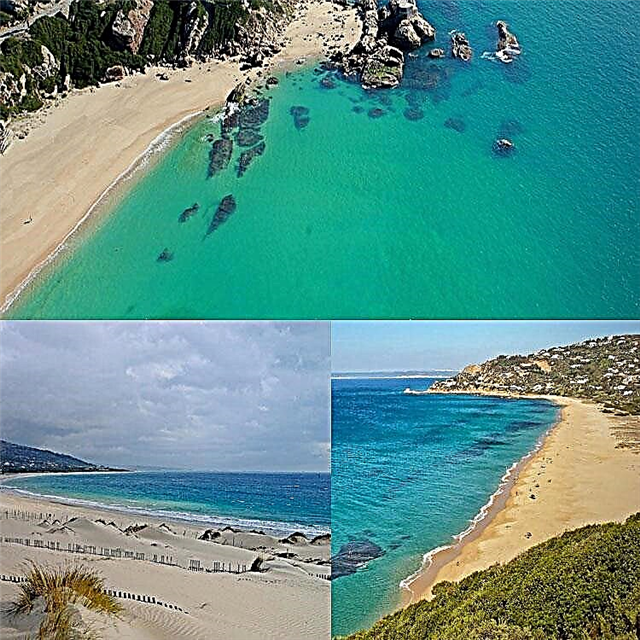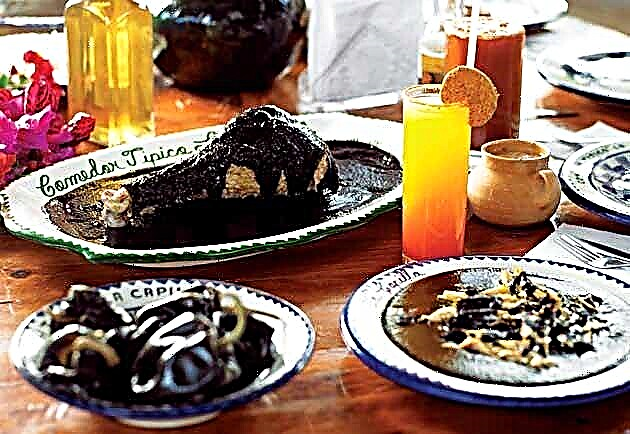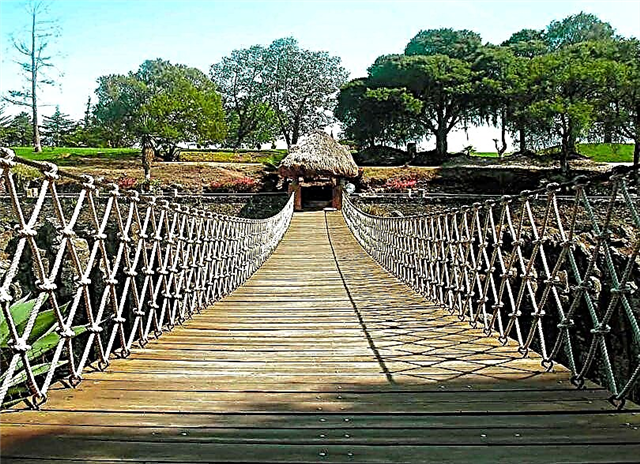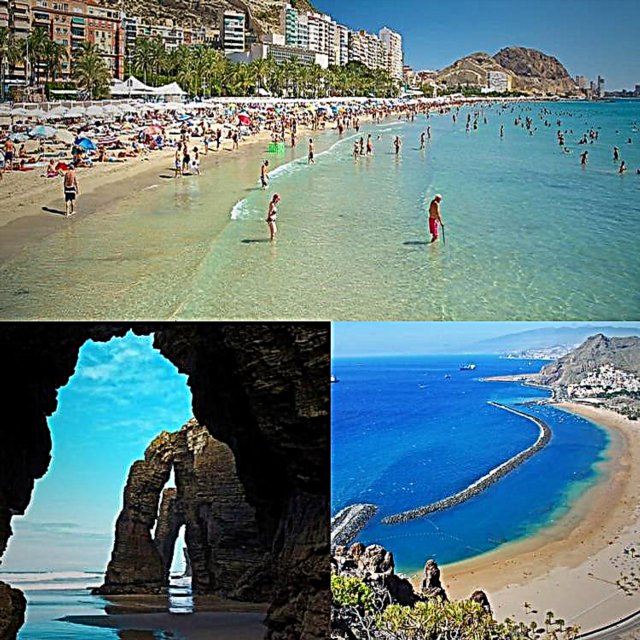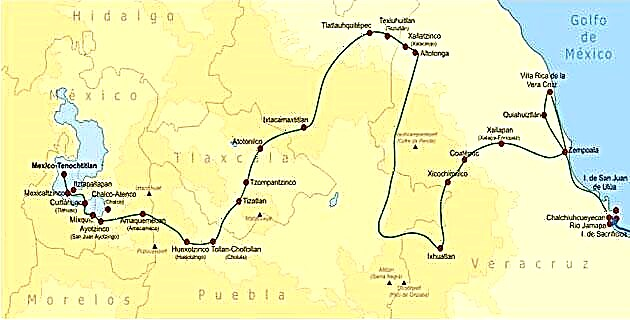
That Good Friday of 1519, finally, Hernán Cortés and his companions in arms landed on the sandy grounds of Chalchiucueyehcan, in front of the Island of Sacrifices.
The Extremaduran captain, seeking to get rid of the deal he had with the advance of Cuba, Diego Velázquez, summoned all the soldiers to form the first council in these new lands.
In that act, he resigned from the position that Velázquez had conferred on him, and by majority decision he was granted the title of captain general of the army, depending only on the authority of the Spanish monarch, which, given the distance marked by the Atlantic Ocean, he left Cortes free to act as his ambition dictated. As a second official act, the Villa Rica de la Vera Cruz was founded, a settlement that began poorly with the simple camp of the recently disembarked.
Shortly afterwards, Cortés received the embassy sent by Mr. Chicomecóatl - whom the Spaniards called "El Cacique Gordo" because of his voluminous figure -, Totonac ruler of the neighboring city of Zempoala, who invited him to stay in his domain. From that moment, Cortés perceived his advantageous position and agreed to move with his army to the Totonac capital; thus, the Spanish ships headed to a small bay in front of the Totonac town of Quiahuiztlan.
Through his informants and translators, Jerónimo de Aguilar and doña Marina, the Extremaduran found out the situation of the territory, and thus learned that the great Moctezuma ruled inland a great city, full of riches, whose armies maintained a shameful military dominance , behind which came the hated tax collectors to extract the products of these lands and sow resentment; Such a situation was very favorable to the Spanish chief and based on it he planned his conquest enterprise.
But then a part of the soldiers who came from Cuba, dissatisfied with Cortés's purposes, attempted an uprising and tried to return to the island; Informed of this, Cortés had his ships run aground, although he rescued all the sails and ropes that could be of use; much of the ships are in sight, so iron, nails and wood would be salvaged later.
Seeking greater security, Cortés concentrated the entire troop in the vicinity of Quiahuiztlan and ordered the construction of a small fortress, which would be the second Villa Rica de la Vera Cruz, building the houses with the wood salvaged from the disabled ships.
It is then that Cortés's plans for the conquest of the new territory were put into motion, despite the attempts of the Aztec tlatoani to satisfy the hunger for wealth that the Spanish openly manifested –especially in terms of jewelry and gold ornaments–.
Moctezuma, informed of the intentions of the Europeans, sent his warriors and governors of the region as his ambassadors, in a vain attempt to stop them.
The Spanish captain sets off to enter the territory. From Quiahuiztlan the army returns to Zempoala, where Spaniards and Totonacs agree to an alliance that reinforces the ranks of Cortés with thousands of native warriors eager for revenge.
The Spanish soldiers cross the coastal plain with its dunes, rivers and gentle hills, clear evidence of the foothills of the Sierra Madre; they stop at a place they called Rinconada, and from there they head to Xalapa, a small town at an altitude of over a thousand meters that allowed them to rest from the suffocating heat of the coast.
For their part, the Aztec ambassadors had instructions to dissuade Cortés, so they did not lead him along the traditional routes that quickly connected the center of Mexico with the coast, but rather along winding roads; Thus, from Jalapa they moved to Coatepec and from there to Xicochimalco, a defensive city located in the highlands of the mountain range.
From then on, the ascent became more and more difficult, the paths led them through rough mountain ranges and deep ravines, which, together with the altitude, caused the death of some indigenous slaves that Cortés had brought from the Antilles and who were not there. used to such cold temperatures. They finally reached the highest point of the mountain range, which they baptized as Puerto del Nombre de Dios, from where they began the descent. They passed through Ixhuacán, where they suffered intense cold and the aggressiveness of the volcanic soil; then they arrived at Malpaís, an area that surrounds the Perote mountain, advancing through extremely salty terrain that they baptized as El Salado. The Spaniards were amazed at the curious deposits of bitter water formed by extinct volcanic cones, such as that of Alchichica; when crossing through Xalapazco and Tepeyahualco, the Spanish hosts, sweating profusely, thirsty and without a fixed direction, began to get restless. The Aztec guides evasively responded to Cortés's energetic requests.
In the extreme northwest of the salty area they found two important populations where they made food and rested for a time: Zautla, on the banks of the Apulco River, and Ixtac Camastitlan. There, as in other towns, Cortés demanded from the rulers, on behalf of his distant king, the delivery of gold, which he exchanged for some glass beads and other worthless objects.
The expeditionary group was approaching the border of the Tlaxcala manor, for which Cortés sent two emissaries in peace. The Tlaxcalans, who formed a quadripartite nation, made decisions in a council, and since their discussions were delayed, the Spanish continued to advance; After crossing a large stone fence, they had a confrontation with Otomi and Tlaxcalans in Tecuac, in which they lost some men. Then they continued to Tzompantepec, where they fought against the Tlaxcala army led by the young captain Xicoténcatl, son of the ruler of the same name. Finally, the Spanish forces prevailed and Xicoténcatl himself offered peace to the conquerors and led them to Tizatlán, the seat of power at that time. Cortés, aware of the ancient hatreds between Tlaxcalans and Aztecs, attracted them with flattering words and promises, making the Tlaxcalans, since then, his most faithful allies.
The road to Mexico was now more direct. His new friends proposed to the Spaniards to go to Cholula, an important commercial and religious center of the Puebla valleys. As they approached the famous city, they were greatly excited, thinking that the shine of the buildings was due to the fact that they were covered with gold and silver flakes, when in fact it was the polishing of the stucco and the paint that created that illusion.
Cortés, warned of an alleged conspiracy by the Cholultecas against him, orders a gruesome massacre in which the Tlaxcalans actively participate. The news of this action spreads rapidly throughout the area and endows the conquerors with a terrible halo.
On their journey to Tenochtitlan they cross through Calpan and stop in Tlamacas, in the middle of the Sierra Nevada, with the volcanoes on the sides; There Cortés contemplated the most beautiful vision of his entire life: at the bottom of the valley, surrounded by mountains covered with forests, were the lakes, dotted with numerous cities. That was his destiny and nothing would be against now to go to meet him.
The Spanish army descends until reaching Amecameca and Tlalmanalco; in both towns Cortés receives numerous gold jewels and other valuable objects; later the Europeans touched the shores of Lake Chalco, at the pier known as Ayotzingo; from there they toured Tezompa and Tetelco, from where they observed the island of Míxquic, reaching the chinampera area of Cuitláhuac. They slowly approached Iztapalapa, where they were received by Cuitláhuac, Moctezuma's younger brother and lord of the place; in Iztapalapa, then located between chinampas and the Citlaltépetl hill, they replenished their forces and, in addition to valuable treasures, several women were given to them.
Finally, on November 8, 1519, the army led by Hernán Cortés advanced along the Iztapalapa road in the section that ran from east to west, until the junction of another section of the road that ran through Churubusco and Xochimilco, from there it went along the road that led from south to north. In the distance the pyramids with their temples could be distinguished, enveloped in the smoke of the braziers; From section to section, from their canoes, the natives were amazed by the appearance of the Europeans and, particularly, by the neighing of the horses.
At Fort Xólotl, which protected the southern entrance to Mexico-Tenochtitlan, Cortés again received various gifts. Moctezuma appeared in a litter chair, elegantly dressed and with a great air of solemnity; In this meeting between the indigenous ruler and the Spanish captain, two peoples and two cultures finally met that would sustain a fierce struggle.
Source:Passages of History No. 11 Hernán Cortés and the conquest of Mexico / May 2003

